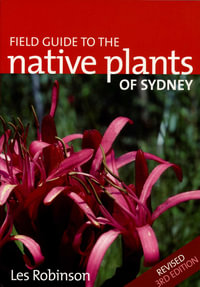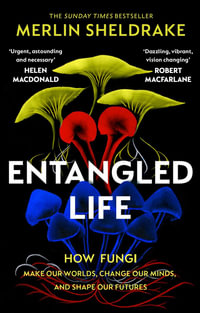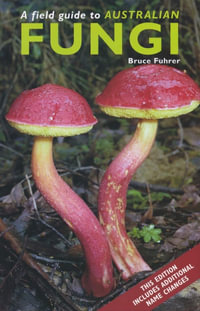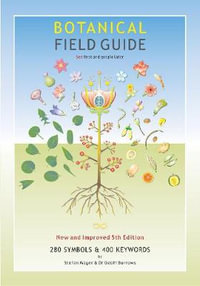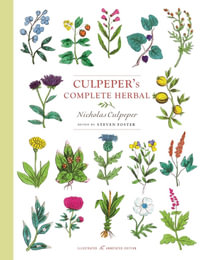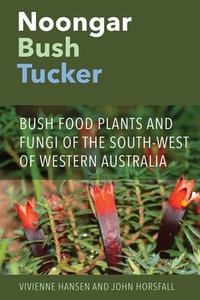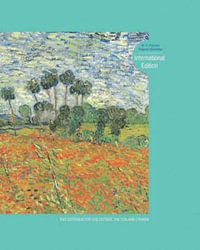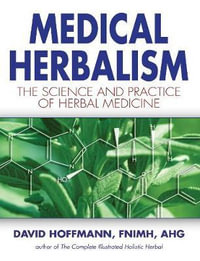This book brings to mind the poet Horace's formula for successful writing: He wins every hand who mingles profit with pleasure, by delighting and instructing the reader at the same time. Eric Block has certainly mixed the useful and the sweet in his book.I started BlockAEs book as a reviewer and became an admirer. A book that contributes so richly to my teaching and understanding of chemistry is a rare pleasure.
* ASAPDOI: 10.1021/ed2001889Publication Date (Web): April 18, 2011 *
Block writes well and passionately...gives a very balanced assessment of the claims and evidence for the health benefits of eating or taking allium supplements, primarily garlic.The book is well written and illustrated: a particular bonus is the inclusion of 27 coloured botanical prints from a volume of Flora Germanica. It will probably be of most interest to students and researchers familiar with plant biochemistry, but there is also something for those curious about this group of plants that play a prominent role in cooking, culture and chemistry.
* Biochemist e-volution *
'Both entertaining, and at the same time a challenging read, there is a lot of valuable information in this book.My hat is off to Eric for the amazing contribution to the world's collection of allium science.'
* The Garlic Press *
'Block presents an entertaining and informative account of the history of garlic, onions, and other alliums. This ethnobotanic work is truly interdisciplinary, intended for a wide audience of historians, sociologists, chemists, cooks, botanists, and naturalists.Summing Up: Highly recommended. Academic, professional, and general libraries, all levels.'
* Choice, v 47, No 10 *
'...well organized, and presents something for everyone. It should be said right away that this is far from a typical ochemistryoe book due to both the varied content and the style of presentation....it all works rather well together; it is a fine example of how complex chemistry can be contextualized in a fascinating and often entertaining way.'
* Angew. Chem. Int. Ed., 2010, 49, 2 *
'There is some fascinating chemistry told here. Both the chemistry itself and the story of its revelation are given in detail.Within the book there are some fascinating anecdotes - a town in America where it is illegal to attend a theatre after eating raw onions, the resigned reflection that despite its benefits 'garlic mouthwash is unlikely to be a winning consumer product' and the warning that garlic in your socks will come out on your breath. Now there's an experiment any of us can try.'
* Education in Chemistry *
'...enjoyment of this book should not be limited to scientists. The book is a virtual encyclopedia of garlic and onion facts, and while it may make a necessary addition to the food chemistAEs library, it is something that any foodie, especially a garlic lover, can enjoy.'
* Food and Foodways, 18: 3, 170-172 *
This is a fascinating book written by an authority on the chemistry of the edible alliums, which include garlic, onions, leeks and chives. The book is well written and up-to-date. I can thoroughly recommend this book not just to natural product chemists but also to all those who have grown these plants in the garden or enjoyed eating them. It contains many anecdotes and quotations to enliven a chemist's dinner party.
* Chemistry World *
What do garlic and onions have in common with gunpowder? A lot. TheyAEre incendiary. They can do harm and they delight. Sulfur is central to their powers. And they helped inspire the work of a chemist who has just published a welcome treatise on the smelly yet indispensable allium family. Dr. BlockAEs book may be the definitive word on the alliums for the moment, but as it and he make clear, there are new flavors to look forward t.
* The New York Times *
This book by Eric Block is a synthesis of his four decades of distinguished work with alliums.His account of this ever-increasing knowledge is accessible and will even entertain readers without a deep knowledge of chemistry.Block may look at the world through garlic-tinged lenses, but in this book he is very good at getting readers to see it his way
* Chemistry and Industry *



